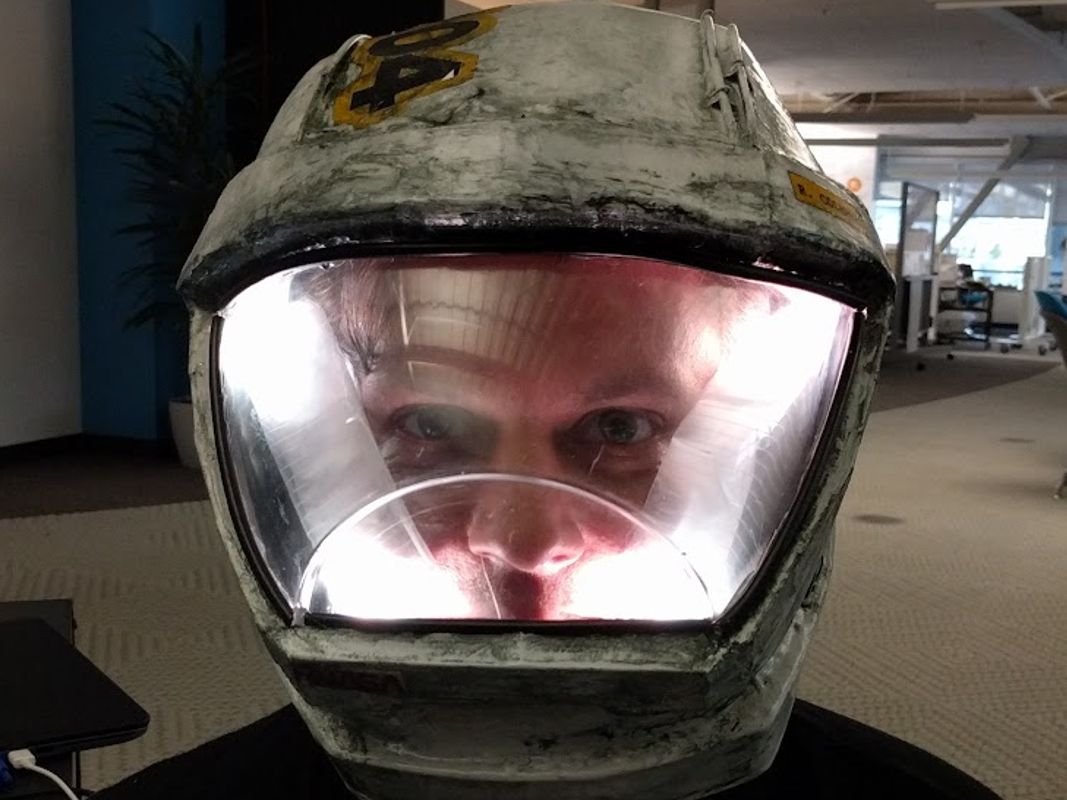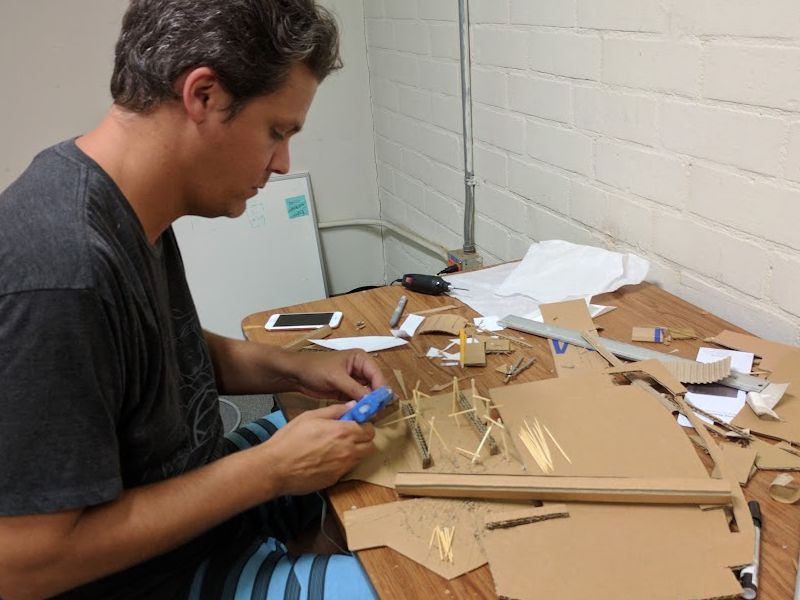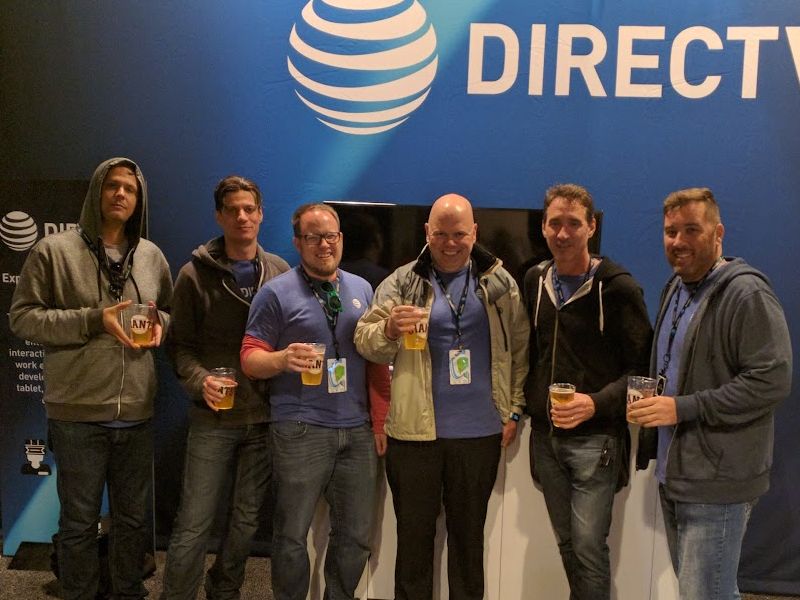This is a summary of years.
It is based on not only my experiences but gained advice and observation. It is also largly indebted to USA-56007 and the members of the IAOIP. The full version of this page will be published in 2025, and available for sale... somewhere?
Innovation Approaches
These groupings provide a high-level framework for understanding diverse methodologies. You might have your own ideas on how this stuff is defined, cool.
Culture and People
Happy workers make happy products.
Building and maintaining a thriving and effective culture is one of the most difficult things a manager can do.
At DirecTV I said I worked at DLab. While the projects were fun, DLab's culture is why I stayed almost 7 years.
At OnChain Studios, Freddy created a good environment for creativity to grow, while Poof made OnChain a welcoming destination for fans to gather.

defines shared attitudes, values, goals, and practices that foster a sense of community and guide behavior within an organization. It shapes operations, influences decision-making, and establishes perceptions of what is valued and rewarded.

that stifles innovation is clinging to outdated approaches. Innovators often rely on past successes, failing to recognize that the circumstances that once drove profitability may no longer exist. Moving forward requires embracing data-driven strategies rather than defaulting to familiar methods.
Processes
Innovation management involves steps like generation, capture, and deployment, while waterfall follows a linear order, and agile allows flexibility.

Generation
Idea generation involves various methods and phases, focusing on the creation of innovative concepts.This section explores the activities, behaviors, and phases involved in generating innovative ideas. It covers processes for creating, collaborating, and actualizing abstract or concrete concepts, emphasizing the science behind spawning new schemes and notions. By focusing on truly innovative ideas, this section aims to illuminate how individuals and teams can initiate and develop concepts that stand out from the merely novel or different."

Capture
Idea capture ensures innovative concepts are documented and preserved for future use and development.Capturing ideas prevents their loss, employing methods such as manual tools (post-it notes), software solutions (Jira), or hybrid approaches. Effective capture depends on recording who, when, where, and what was captured, providing not only a basis for development but also for intellectual property and legal considerations. This section highlights techniques for documenting ideas and the importance of systematic capture in fostering innovation."

Selection
Selection prioritizes ideas for development based on potential, resources, and organizational goals.Since not all ideas can be pursued, decision-makers must evaluate which to greenlight, postpone, or discard. This involves methods like prototyping, A/B testing, or drafting pro forma budgets to assess feasibility and resources. The section discusses techniques for screening and prioritizing ideas, ensuring that only the most promising concepts advance while providing opportunities for refinement and future reassessment."

Development
Development transitions ideas into tangible forms through mock-ups, prototypes, and MVPs.This phase involves creating prototypes, ranging from simple mock-ups to functional MVPs (Minimum Viable Products), to test feasibility and market reactions. Tools like Invision and methodologies for stress testing and validation help refine the product while reducing risks and costs. This process ensures that the MVP evolves into a near-final version, minimizing uncertainty and accelerating time to market."

Sales
Selling an idea involves persuading stakeholders and securing funding to advance innovation.The sales phase requires innovators to pitch their ideas effectively to stakeholders, sponsors, and investors. From crafting pitch decks to presenting to venture capitalists or corporate sponsors, this section provides strategies for balancing intrigue with practical viability. By aligning the idea with the needs and personas of the audience, innovators can gain the necessary support to move forward."

Deployment
Deployment involves releasing innovations while gathering feedback to inform future improvements.This phase includes activities such as User Acceptance Testing (UAT), writing training materials, and analyzing feedback to refine the innovation. Deployment serves as both the culmination of the development process and a source of input for ongoing idea management. Effective deployment ensures innovations meet user needs while laying the groundwork for continuous improvement."

Maintenance
Maintenance addresses ongoing needs and inspires further innovation through evaluation and improvement.Though often overlooked, maintenance can drive innovation by assessing unresolved bugs and feature requests. Regular evaluation of the product or service fosters new ideas for enhancements, ensuring continued relevance and utility. This process highlights the importance of maintenance as a critical component of the innovation lifecycle."
Measurement
"Innovation measurement at its core is counting ideas." -- Chris Kaufman
- Metrics "Measure it to manage it" helps track progress, but metrics like KLOC (kilo lines of code), man-hours, and headcount can be misleading.
- Scale Scale measures the scope of innovation, from narrow ideas to broad disruptions. It also assesses organizational growth and market absorption potential.
- Finance ROI is key, but portfolio management involves strategic investments, sometimes accepting losses for long-term gains or market access.
- Risk Risk management uses tools like probability and the Jahari Window to assess uncertainty and mitigate potential impacts.
- Documentation Innovation documentation tracks records for compliance, measured by quantity, word count, and alignment with standards.
- Tools Tools like mind maps, Magma Studio, and Slack support idea management, with best practices ensuring effective implementation.
- Audit Innovation audits track progress and assess diversity, ensuring policies and procedures align with organizational goals.
Innovation Suppression
While leadership often bears blame, teams share responsibility. Changing company culture is tough and requires alignment of philosophies that must be inspired and nurtured, not imposed (You can't make somebody love you).
While concerns are valid, innovation often starts with shifting mindsets. Breaking silos, bridging gaps, and restructuring teams can create momentum before financial hurdles become barriers.
Limited specialists or resources can slow innovation, but adaptability is key. Strive boldly, and avoid unnecessary complaints; squeaky wheels often get replaced.
Waiting for the “perfect time” to innovate is a mistake. Companies that hesitate often resort to acquiring startups to catch up. True innovation requires action, not delay.
Sudden government restrictions or bans can cripple industries. Shifting policy often requires costly lobbying, marketing, and public influence, with no guarantee of success.
This mindset stalls progress by assuming what worked before will always work. Yet, entropy ensures no process lasts forever. Continuous innovation drives growth and adaptation.